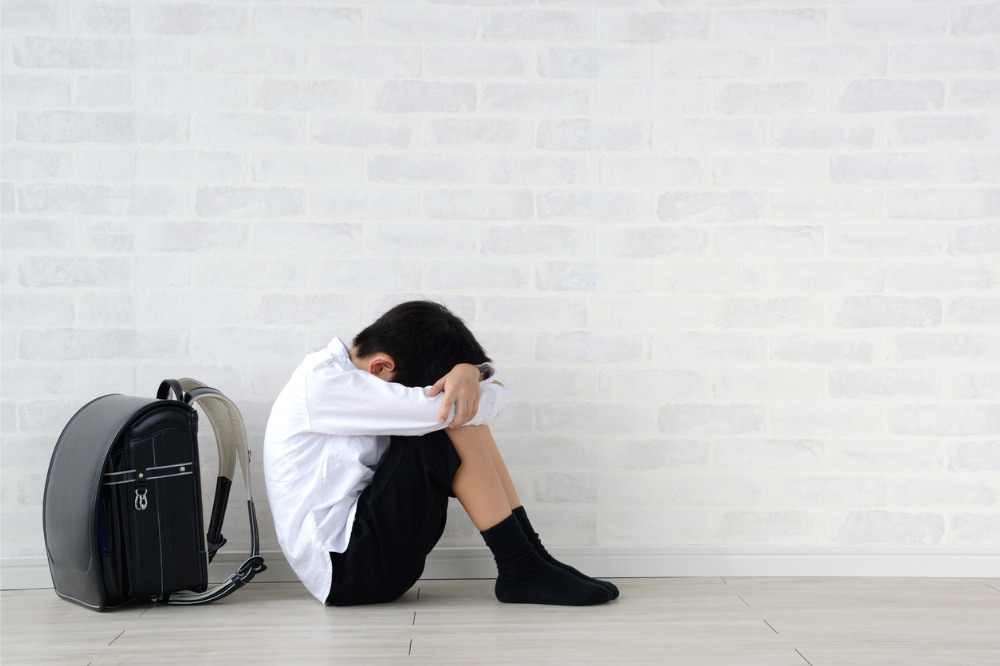
Each year in Australia, more than 900,000 Australian students report being victims of bullying – a scourge that can cast a dark shadow on children's academic and social-emotional wellbeing.
However, a new study shows the terminology we use when referring to this negative behaviour is potentially jeopardising successful and necessary prevention.
Researchers from Flinders University examined more than 800 students aged 11-16 years on their perceptions of being bullied and how those perceptions aligned with having been technically bullied to assess the prevalence of bullying and identify victims in need of support.
The research team, led by Dr Grace Skrzypiec, from the College of Education, Psychology and Social Work, found that because bullying is a broad term open to widely varying interpretations, cases can be missed or under-reported – especially by children.
Technical bullying is defined as a student experiencing repeated nasty behaviour, teasing, or exclusion by peers, distinguished from equal-power arguments or friendly teasing, but requires a more precise definition to effectively recognise and manage peer aggression.
Through discussions around bullying and the context it occurs in, the results found that young people view the phenomenon very differently to the prevailing themes that usually occur in research and policy in Australia.
How to distinguish peer aggression as bullying
Worryingly, the researchers found that almost half of participants did not recognise where ‘technical bullying’ had taken place, raising concerns for students who report significant levels of harm but who do not perceive that they had been bullied.
Dr Skrzypiec said while the research shows that being technically bullied is the most harmful form of peer aggression, other experiences of peer aggression can also be harmful and so should not be ignored in instances where a child reports that they were harmed by a peer.
“If school principals wish to identify students who have been technically bullied, they need to ask questions that distinguish the peer aggression as bullying,” Dr Skrzypiec told The Educator.
“This means determining whether the individual felt that they could not ‘fight back’ or felt helpless about the situation, that they were harmed by it, and that they had been deliberately and repeatedly targeted by one or more peers.”
Dr Skrzypiec said training staff to recognise technical bullying involves more than just presenting teachers with the criteria that defines bullying.
“An issue is that teachers may not know if the aggression a student experiences from a peer is deliberate, harmful, involves a power imbalance and has happened before,” she said.
“We need to avoid situations where decisions are made that the harm experienced by a student from a peer is dismissed as not being bullying, and therefore does not require attention.”
Dr Skrzypiec said her research shows that technical bullying is difficult to identify, but individuals who are harmed by aggressive peers still require help and support.
“Any training should point out the difficulties in identifying technical bullying and focus on how teachers can support students reporting harm from aggressive peers, as well as strategies they can use to reduce peer aggression.”
Why kids are hesitant to report their bully
Dr Skrzypiec said reasons for why young people might not report peer aggression include fear of being labelled as a “victim of bullying”, fear of not being believed, and the view that they are being petty in instances where others think their actions amounted to just “mucking around”.
“The approach I would recommend to schools seeking to provide a supportive environment for students is to have staff and students work together to manage peer aggression [of which, bullying is the worst form].”
One preventative measure that teachers can employ, says Dr Skrzypiec, is setting up their classes to be bully adverse from the start of the school year.
“Teachers can work with class members to identify the kind of environment they wish to come to each day [i.e., one where students are not afraid of being picked on, talked about, excluded, hurt …] and then work with the class to determine how that can be achieved, and what will happen when those agreements are broken,” she said.
“These discussions may need to be revisited from time to time, but involving students in this issue gives them ownership of it [although it must involve teacher guidance].”
Students would then recognise hurtful behaviour that is not acceptable, because everyone has agreed that it is not acceptable, and so appropriate steps that have been previously agreed upon can then be taken to support those involved, Dr Skrzypiec explained.
“Bullying cannot be eradicated overnight and what works at one school may not work at another,” she said. “It is up to the school community to work together and share in the responsibility of addressing unacceptable and harmful aggression between peers.”


